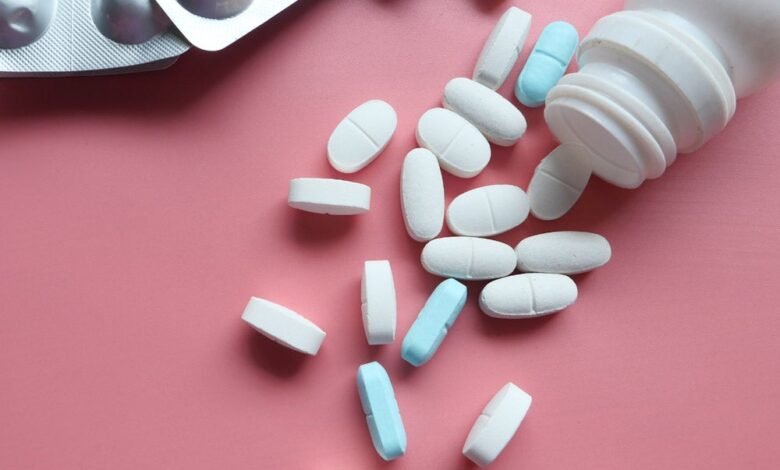market growth and global access

Generic drugs can help meet urgent medical needs for numerous conditions, typically at lower prices than branded products. As healthcare providers seek to treat growing numbers of patients while facing budget constraints, generics offer a vital means to achieve this. The appeal of generics is that they have virtually identical active pharmaceutical ingredients (APIs) as branded drugs, often having an almost indistinguishable effect on patients in treating health issues that range from migraines to different types of cancer.
Historically, manufacturers had to wait long periods for the patent on branded products to expire before they were permitted to produce a generic equivalent for that market. However, in most of the biggest pharmaceutical markets around the world, there are now rules to make sure that generics are prioritised. This leads to both strong market growth and increased competition between manufacturers. In fact, GlobalData estimates that once patent protection no longer applies to a drug, generics make up 90% of sales and the drug is sold at 80% of the original price.
There are also often differences in manufacturing defined by geography. Generally speaking, more branded products are manufactured in Europe, with greater numbers of generic products and related APIs coming from across Asia in countries such as China, India, and Japan.
Demand for generics in the global market
In 2021, the global generics market experienced growth of 4.5% and was worth $321.4bn, according to GlobalData figures. Then by 2026, market growth is projected to surge by 19.6% to reach a value of $384.4bn.
The Asia-Pacific region accounts for a 46.3% share of the global market with an estimated value of $148.9bn in 2021. And China is a major driver of the market globally, in both value and volume growth. Rising healthcare awareness, a reduction in generic drug prices, healthcare reforms and other factors have aided growth in these regions.
Europe follows Asia-Pacific with a 26.1% share of the global market, with a value of $83.9bn. While the US is the largest market for generics in terms of countries, with a 31.6% share of the global market that is worth an estimated $65bn.
A few key factors show extended promise for the generics market. Demographic changes are expected to play a large role as globally the population grows older, helping to maintain demand. Additionally, the expiration of patents will lend to an influx of requests for generic products as well as a new market point of entry for generics manufacturers.
As Covid and its variants continue to roll through populations, new instances of cardiovascular disease and other pandemic-induced symptoms and diagnoses could result in elevated demand levels. Government intervention will also likely spur demand as reforms and new legislation are passed to increase the supply and/or affordability. Additionally, large-volume tenders issued by governments supplying their hospitals and healthcare systems with medicines and medical supplies put generic products, both licenced and currently unlicensed in certain countries, at the top of the request list.
Despite the ongoing growth and demand, there are concerns about dealing with shortages of low-profit generic medicines. Such concerns prompted US FDA Commissioner Scott Gottlieb to urge pharma companies to increase investments in production capacity in July 2018. Gottlieb highlighted how low-profit generic medicines were most likely to experience shortages as they can still be expensive to manufacture, despite being sold at a lower cost than branded alternatives.
Furthermore, competition between generics manufacturers can be intense. And due to the lack of variation between products or brand loyalty, price wars are common. The rivalry is intensified by high fixed costs and exit costs. Typically, the most successful generics manufacturers are the largest ones, which are also highly experienced in how the market works.
Supporting the needs of patients
Tanner Pharma is a specialist provider of medical products for patients in urgent clinical need. Through its global access division, TannerGAP, the company provides patients with medical products that would likely be unattainable otherwise. And generics play a key role here. With direct accounts with multiple generics manufactures, Tanner is able to provide documentation that will facilitate product importation to distribute quickly and in high volumes.
“TannerGAP is responsible for fulfilling immediate global demand for patients that need access to medicines,” says Maryori Alvarenga, EVP of TannerGAP. “We don’t have anything that stops us from sourcing or supplying because we are not limited by the type of products. We can supply both branded and generic treatments across a variety of therapy areas to locations around the world.”
To learn more about the global pharma market and how Tanner is enhancing patient access to medicines, download the whitepaper below.
Source link
#market #growth #global #access